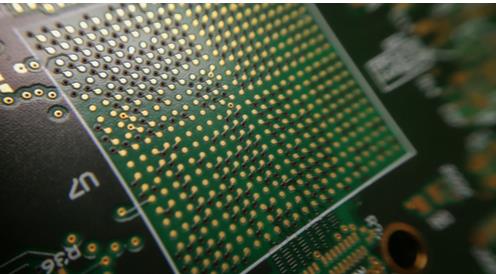The assembly of the flexible PCB is basically the same as the rigid PCB assembly. In the actual manufacturing process, the operator will adopt different processes according to the different requirements of the process. Its common single-sided mounting flexible PCB assembly.
Features of flexible PCB assembly:
Flexible PCB is connected to rigid PCB: Flexible PCB is easy to deform due to its light and thin characteristics, so it cannot be directly assembled on the SMT production line like rigid PCB. That is, in order to assemble the flexible PCB, the flexible PCB must be fixed on the substrate of the rigid PCB so that it can be disguised as a rigid PCB for assembly. The flatness, positioning accuracy and consistency of the substrate are the key factors for achieving product quality control, and also the key points for flexible PCB assembly.

low density:
At present, the price of flexible PCB is relatively higher than that of rigid PCB. From the perspective of product cost, most flexible PCBs are only used for connections between different functional modules. The number of components assembled on a flexible PCB is small and the distribution density is low, usually less than 50 components or even two connectors.
Flexible PCB is mainly used in light, small and thin electronic products such as mobile phones and digital cameras. The area of the single-sided flexible PCB is not large, and the number of single-sided flexible PCB components is small. Therefore, in order to improve assembly efficiency, most factories choose to use panels. After assembly, these flexible PCBs with different functions will be separated by v-cutting or v-scoring.
High requirements for product quality:
Since flexible PCBs are often used in environments that require repeated bending and precise control, the components assembled on them must be able to meet the requirements of their working environment, so the quality requirements of flexible PCBs in assembly such as clean, anti-welding static measures and The reliability is usually much higher than that of a general rigid PCB. In addition, at present, with the implementation of lead-free technology, there are more and more challenges in the assembly of flexible circuit boards.
High assembly cost:
Compared with rigid PCB components, flexible PCB component have many characteristics, such as more investment in specific fixtures, long production cycles, relatively low equipment utilization, more accessories and operators, and higher production environment and product quality requirements. This makes the total cost of flexible PCB assembly high, especially the high initial investment cost.
flexible PCB in conclusion:
With the development of electronic products, the use of flexible PCB continues to expand, and the assembly process of flexible PCB will also be improved. Manufacturing and assembly costs will continue to decrease, which will promote the further expansion of the use of flexible PCBs, so that the application of flexible PCBs will enter a virtuous circle.